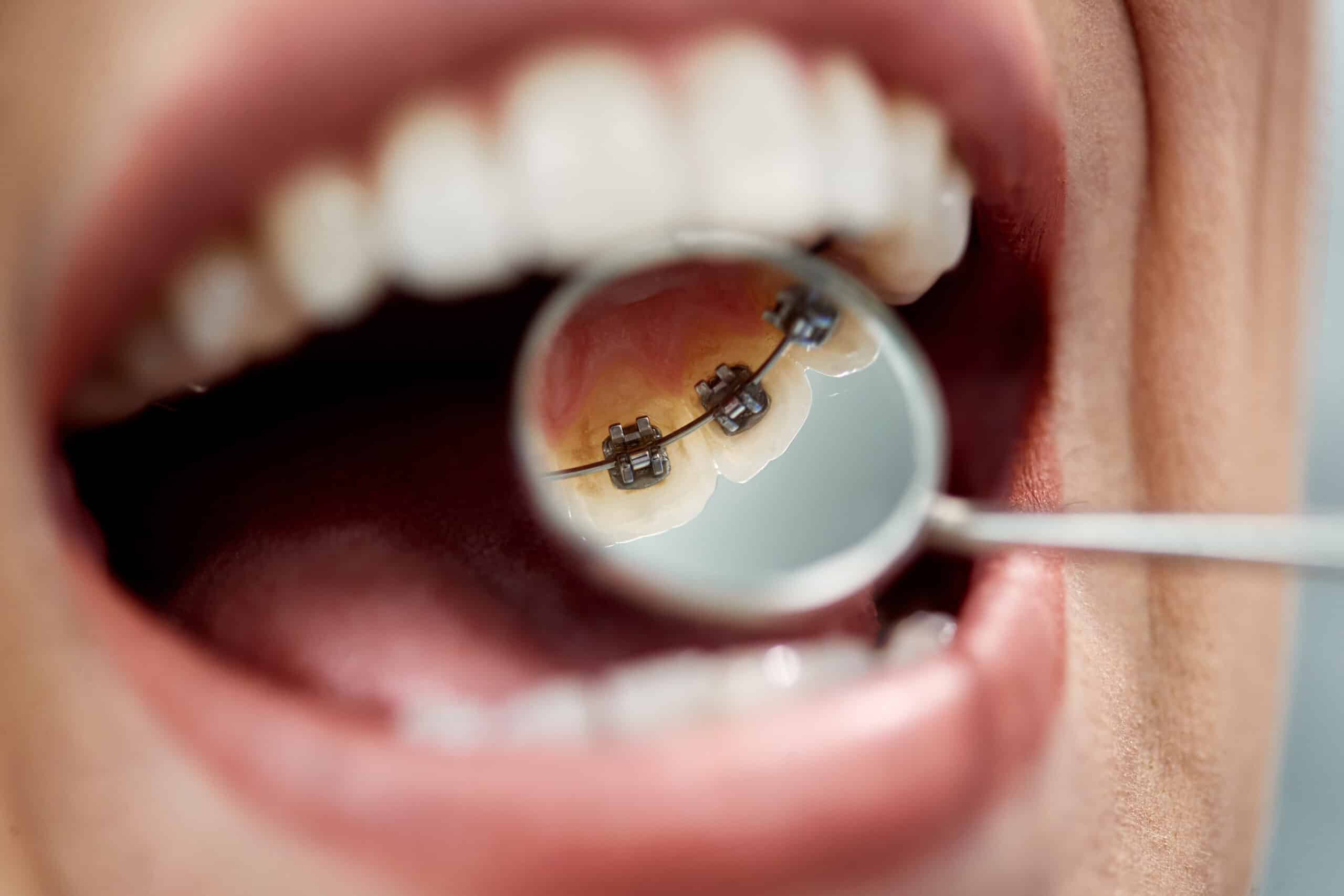Braces aren’t a one-size-fits-all all. There are many variations of dental appliances to choose from today and one of those options is ligual braces. These are braces that are placed on the inside of your teeth so they can’t be seen from the outside when you smile or talk. The time for wearing them is the same as traditional braces, which is between 18 and 24 months.
Lingual braces function as other types of braces but they have both advantages and disadvantages. There are at least 7 things you should know about lingual braces before getting them for your child or yourself.
-
They Can Be More Complicated
Lingual braces are placed behind the teeth which makes installing and adjusting them a little more complicated. However, orthodontists are trained to do this. You may have a longer treatment time in the office though.
-
Treatment Appointments are every six to eight weeks.
Lingual braces are similar to traditional braces in that you must get an orthodontic treatment every six to eight weeks. This is where the orthodontist tightens or shifts your braces to move your teeth into their proper position.
Unlike other types of invisible options, like clear aligners, lingual braces will stay on your teeth the entire time. Clear aligners are removable and are taken out at night. -
Lingual braces are customized.
This is where lingual braces can differ from traditional metal braces. In some cases, lingual braces must be customized for a perfect fit for each tooth. This can add to the complications but can also add to the cost.
Lingual braces can cost between $8,000 and $10,000 compared to traditional braces which cost between $3,000 and $7,000. These are numbers for those without insurance. Insurance can cut the cost in half for both lingual and traditional braces, depending on the policy. -
Food remains restricted.
People may think that getting braces on the back of the teeth will open up food options. The truth is there will need to be dietary changes regardless of which type of braces you choose.
Things like crunchy foods like popcorn, hard foods like tortilla chips, corn on the cob, apples, and sticky candy like caramel will have to wait until the braces come off. -
Brushing your teeth and flossing may be harder.
You will still need to keep all the metalwork clean but it could be more challenging with it behind your teeth. You will need to take more time to brush and floss to make sure all the brackets remain clean and free of food debris
One investment that will be handy is a dentist’s mirror. It will help you see what you’ve missed. -
Lingual braces make speaking difficult.
Placing braces behind your mouth can inhibit tongue movement and that could pose some difficulty in speaking properly. That could mean you may have a lisp or some other effect until you get used to the braces. This usually goes away.
Another problem is that lingual braces could irritate or cause sores on your tongue. The metal presses up against the tongue and, like all braces, some of the brackets can have sharp edges. The orthodontist should give you a special wax that can be placed over the brackets to help with this. -
Lingual braces may not be needed on all teeth.
One of the advantages of lingual braces is there is some flexibility in installing them when compared to traditional braces. They don’t have to be placed on every tooth. They can be placed only on the teeth that need straightening if you don’t have any other issues like bite issues. This can cut costs as well.
Those interested in lingual braces or other orthodontic options should book an exam. Everyone is different but we will have the perfect choice for you or your child to get straight teeth and a beautiful smile. Make an appointment today!



